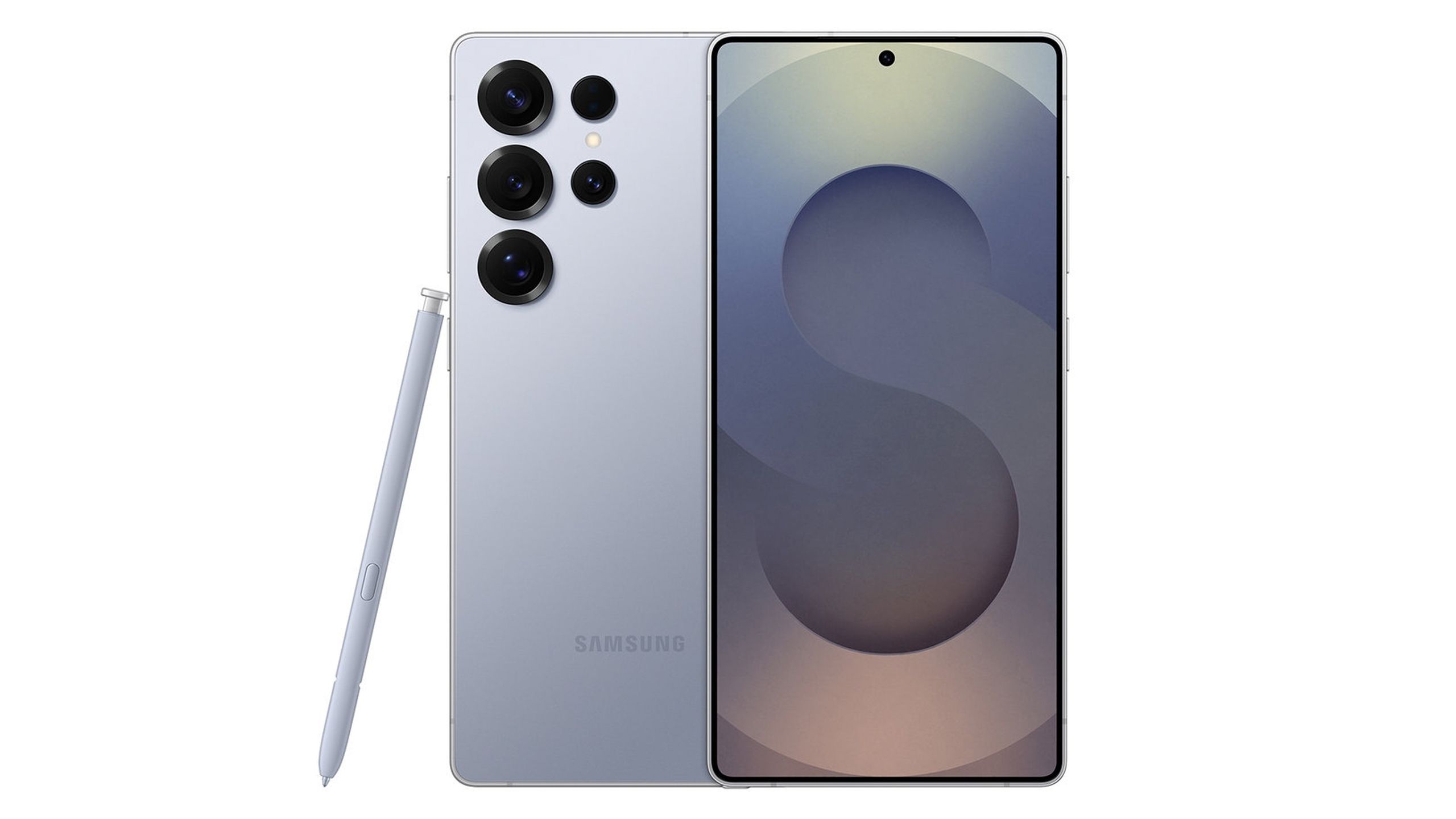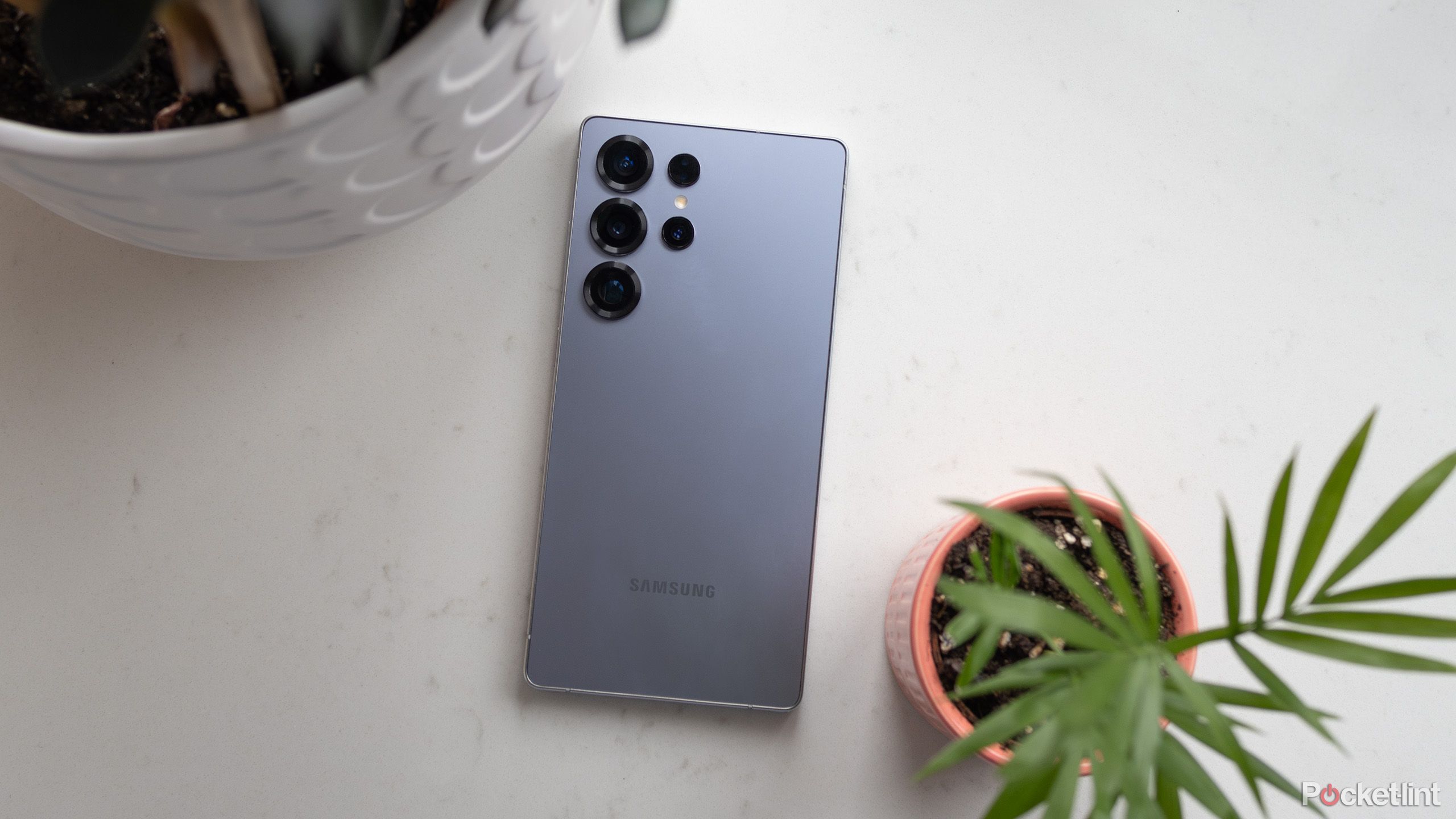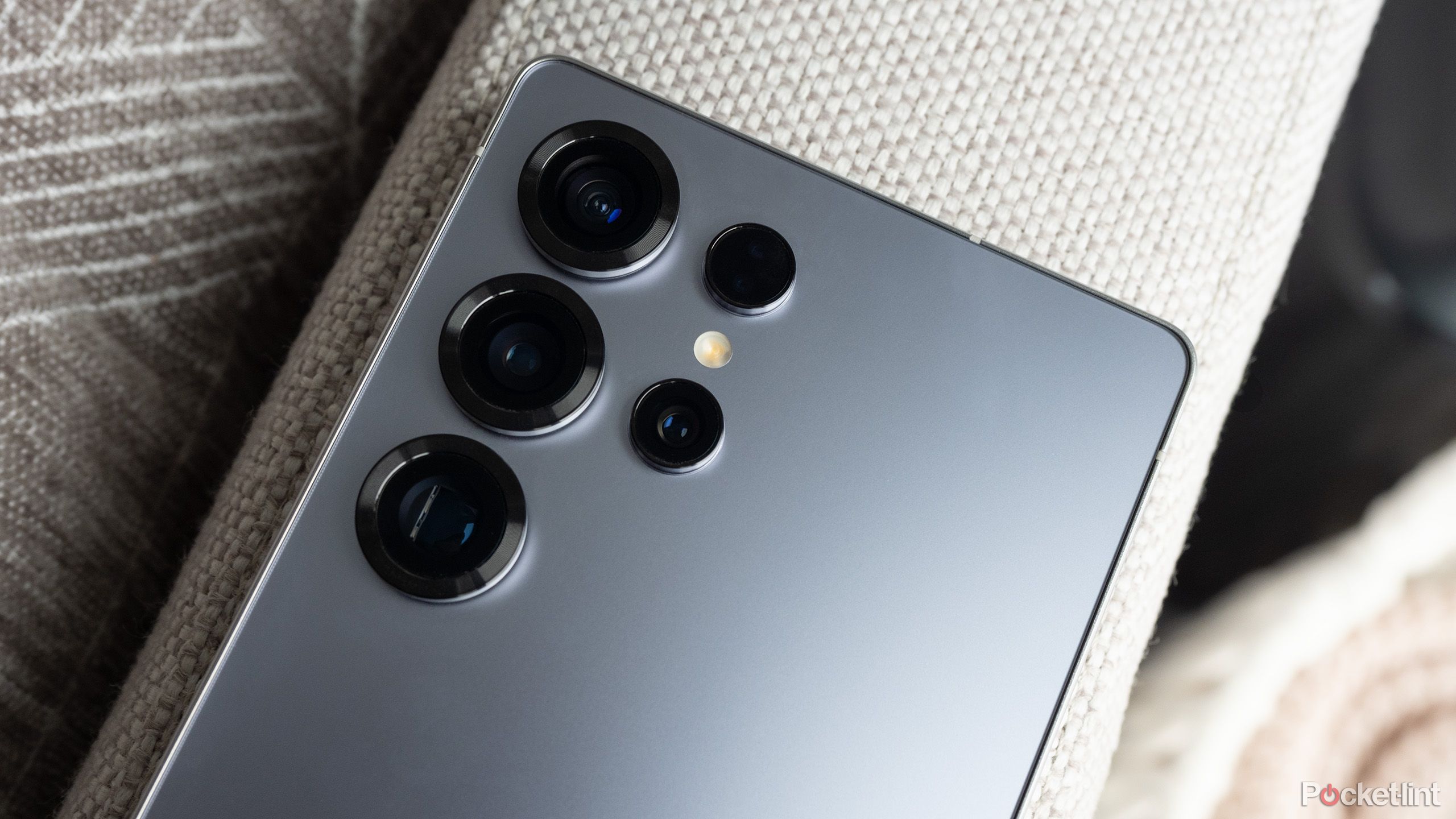Summary
- Android OEMs are making “Ultra” flagship smartphones, some partnering with camera companies for tuning.
- Samsung uses its own computational photography, while Oppo collaborates with Hasselblad for tuning.
- Camera showdown between Samsung Galaxy S25 Ultra and Oppo Find X8 Ultra reveals Oppo excels in zoom and low-light shots.
Most Android OEMs have shifted toward making an “Ultra” version of their flagship smartphones, featuring the best camera hardware they can offer. Many brands, including Oppo, Vivo, and Xiaomi, often collaborate with well-known camera companies, like Hasselblad, Zeiss, and Leica, to enhance their camera tuning.
Samsung and Google, on the other hand, have taken a slightly different path. They rely more on their own computational photography and software optimizations rather than relying on these legacy names for their camera tuning.
To see how these two approaches compare today, I tested the Samsung Galaxy S25 Ultra against the Oppo Find X8 Ultra — and the results were quite revealing.
A closer look at the camera hardware
Both phones offer a similar camera setup
Before we look at the shots from both phones, let’s quickly go over the camera hardware. The Galaxy S25 Ultra features a 200-megapixel primary sensor with an f/1.7 aperture and OIS. It’s paired with a 50-megapixel ultra-wide lens, a 10-megapixel 3x optical zoom lens, and a 50-megapixel 5x zoom lens.
The Oppo Find X8 Ultra, on the other hand, comes with a quad 50-megapixel setup, including a 50-megapixel primary lens with an f/1.8 aperture, a 50-megapixel ultra-wide lens with a 120-degree FoV, a 50-megapixel 3x zoom lens, and a 50-megapixel 6x optical zoom lens.
As mentioned earlier, Oppo has partnered with Hasselblad over the past few years to fine-tune photo post-processing, while Samsung handles image tuning entirely in-house. In fact, Oppo has renewed its collaboration with Hasselblad and claims to be working on a “next-generation mobile imaging system” that aims to set a “new standard” for smartphone photography.
But does Hasselblad processing actually make a difference? Let’s find out.
The rear camera showdown
Which Android smartphone has the better camera?
Before we begin, it’s worth noting that this camera comparison focuses solely on images taken with the rear camera setups of both phones. All photos were captured in tap-and-shoot mode, with Pro mode not used, as most users typically don’t shoot that way.
Also, keep in mind that images to the left of the slider were taken with the Oppo Find X8 Ultra, while those on the right were captured using the Samsung Galaxy S25 Ultra.
Primary
Right off the bat, you’ll notice a big difference in color reproduction and HDR processing between the two phones.
In the shot above, you’ll notice that the Galaxy S25 Ultra goes for a more saturated and brighter look, while the Oppo Find X8 Ultra aims for realistic skin tones with a wider dynamic range. But the white balance on the Oppo shot feels slightly off. The greenery in the background has a cooler, almost bluish tint that doesn’t look natural.
Samsung may be boosting colors a bit, but its overall rendering feels more balanced and visually pleasing in this case. Personally, I prefer the look of the Galaxy S25 Ultra shot here.
This one tells a similar story. The Oppo shot once again seems to struggle a bit with either HDR or white balance. Look closely at the text above the truck — it’s clearly visible in the image taken using the Galaxy S25 Ultra, but harder to read in the Find X8 Ultra one.
That said, Oppo does a better job of highlighting the details inside the truck.
This is where Oppo really shines. I actually prefer the Find X8 Ultra’s photo here. It goes for a more saturated, punchier look, which works beautifully in this scene, full of color and contrast.
The Galaxy S25 Ultra’s version is flatter, with less color and contrast, and loses some information in shadowy regions.
Ultra-wide
Oppo Find X8 Ultra vs. Samsung Galaxy S25 Ultra: ultra-wide test
Moving on to the ultra-wide shots, the Find X8 Ultra produces a brighter (and warmer) image. The greens look a bit livelier, and there’s more visible detail in the darker areas near the bottom left. The overall exposure feels more even across the frame.
The Galaxy S25 Ultra, on the other hand, goes for a slightly cooler look. Yes, the image does look slightly more dramatic, but it also feels a bit flatter overall and lacks the punchiness that the Oppo manages to deliver straight out of the camera.
There’s also a big difference in distortion handling. The image from the Galaxy S25 Ultra appears slightly more stretched toward the edges, while the Oppo flagship keeps things tighter and more balanced.
Zoom test
Oppo Find X8 Ultra vs. Samsung Galaxy S25 Ultra: 3x zoom test
At 3x zoom, both phones capture contrast-heavy images, but the differences start to show once you look closer. The Oppo Find X8 Ultra uses a lower aperture (f/2.1 compared to f/2.4 on the Galaxy S25 Ultra), and that shows in the background blur and shallower depth of field. However, that wider aperture also makes it trickier to handle highlights, and Oppo doesn’t quite pull it off here.
Samsung does a noticeably better job at managing light. Look at the subject’s white clothing — the S25 Ultra retains texture and definition, while the Oppo shot blows out some of those details. The same goes for the red flowers in the bottom left.
Both are solid shots, but Samsung takes the lead here with better detail retention and more controlled contrast.
Oppo Find X8 Ultra vs. Samsung Galaxy S25 Ultra: 30x zoom test
This is where the Find X8 Ultra pulls ahead. At 30x zoom, the Oppo flagship captures a noticeably sharper image. You can clearly make out the textures on the door as well as the walls. You can even clearly see the trees behind the shed.
The Samsung Galaxy S25 Ultra holds up surprisingly well, but loses sharpness when you zoom in. The walls and doors of the shed start to blur, and you lose definition around the grass in front.
Indoor lighting
In well-lit indoor conditions, both phones put in solid work, but they approach color and exposure differently. The Find X8 Ultra tends to go for a warmer, slightly more saturated look. The images have a bit of extra vibrance, just look at the mugs and books in the shot above.
The Galaxy S25 Ultra leans towards a more neutral color tone. The image ends up looking a bit flat and less engaging. There’s also slightly less clarity around the book labels and the mugs when you zoom in.
Similarly, in the second shot above, the difference lies in the tone. Oppo goes for a warmer tone, while the Galaxy S25 Ultra keeps things cooler. The shot from the Galaxy S2 Ultra is sharper as well. The texture of the fabric and the sharpness of the beads on the hairpiece are better maintained here.
Night/Low-light
When it comes to low-light and night-time shots, the Find X8 Ultra clearly pulls ahead. It delivers a cleaner, more balanced night shot — lighting is more evenly distributed, highlights are better controlled, and the image looks brighter overall without overexposing any part of the frame.
On the other hand, the Galaxy S25 Ultra produces a warmer-toned image, but it feels overprocessed. Lights appear blown out, and there’s more noticeable noise in the shadows. The shot lacks the natural dynamic range that Oppo manages to retain, especially around the bright string lights.

- SoC
-
Snapdragon 8 Elite
- Display
-
6.9-inch
- RAM
-
12GB
- Storage
-
256GB, 512GB, 1TB
- Battery
-
5,000mAh
- Rear camera
-
f/1.7 200-megapixel wide, f/1.9 50-megapixel ultra-wide, f/2.4 10 megapixel 3x telephoto, f/3.4 50-megapixel 5x telephoto
The Samsung Galaxy S25 Ultra is the most refined flagship from the brand yet. It comes with a big 6.9-inch edge-to-edge AMOLED panel, the latest Qualcomm Snapdragon 8 Elite chipset, and a quad-camera setup with up to 5x optical zoom and 100x digital zoom.
Similarly, here as well, the Find X8 Ultra again shines with better exposure and more accurate color tones. Details on the couch, wall textures, and decor appear crisp and evenly lit, without dark patches or overly bright highlights.
The Galaxy S25 Ultra leans toward a contrast-heavy look, which also results in some loss of detail. Areas like the left side of the couch and the wood paneling appear muddier. The overall scene feels darker and lacks the warmth that Oppo delivers.
Which camera is better?
So, which camera is better? Well, that depends on what you value more.
The Samsung Galaxy S25 Ultra continues to deliver excellent consistency, especially in daylight, with its natural color science and excellent dynamic range. It also performs well in indoor lighting, maintaining neutral and natural tones without making images overly warm.
That said, the Oppo Find X8 Ultra makes a compelling case. Its ultra-wide camera produces livelier, more balanced shots, and both zoom and low-light photos are exceptionally good.
If I had to pick one, I’d lean toward the Oppo Find X8 Ultra. You get better zoom performance, superior low-light shots, and daylight image quality that’s nearly on par with Samsung.
Trending Products

Basic Keyboard and Mouse,Rii RK203 ...

Samsung 27′ T35F Series FHD 1...

ASUS TUF Gaming A15 Gaming Laptop, ...

Cudy New AX3000 Twin Band Wi-Fi 6 R...

LG 24MP60G-B 24″ Full HD (192...

ASUS 27 Inch Monitor – 1080P,...

HP 17 Laptop, 17.3” HD+ Display, ...

Dell Inspiron 15 3000 3520 Business...

Sceptre 4K IPS 27″ 3840 x 216...








